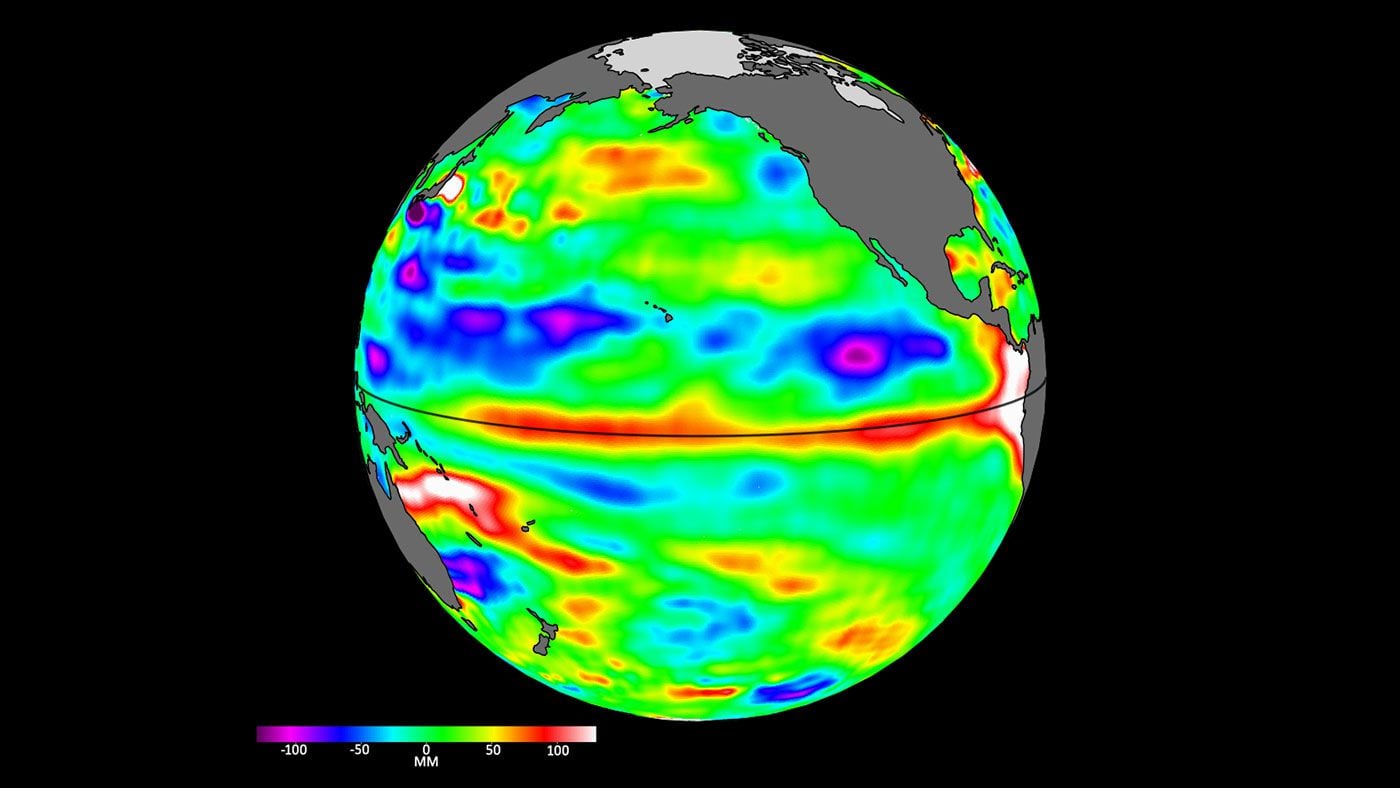
a new one Highly pathogenic avian influenza virus strainsThe virus detected in 2020 has been devastating to birds and marine mammals here five continents.One of the last places affected was Galapagos Islandswhere there are species of animals found nowhere else in the world.
the country’s authorities Galapagos National ParkIt’s up to the Ecuadorian government to warn of the presence of avian influenza viruses in wildlife.
The discovery worries conservation scientists.One of them is Argentina Marcela Uharta veterinarian specializing in wildlife University of CaliforniaDavis, of the United States, who recently published a report on the infection risks of the virus spreading in Antarctica.
Since the end of last year, More 24,000 sea lions Sea turtles have died off the coasts of Peru, Chile, Argentina and Uruguay. The virus can also affect humans. But so far, only nine cases have been reported globally.
“From a conservation standpoint, it’s very concerning,” Uhart said when news about the Galapagos broke. “Outbreaks could pose a serious threat to the future of these endemic species,” he explained in a conversation with the magazine. science. There are 78 endemic species in the Galapagos Islands.

The pathogen is highly contagious and can spread rapidly among the dense colonies of seabirds, seals and sea lions in the Galapagos Islands.
There are other factors that may put wildlife at greater risk.Ocean warming caused by climate phenomena boy Species may become more vulnerable by depleting the marine life that sustains them.
Park authorities have restricted access to certain areas to prevent accidental spread of the virus. This measure could transform the region’s tourism economy.
The H5N1 virus has been circulating in Europe, Africa and Asia for decades, sometimes causing massive losses in poultry. In late 2021, a new, more aggressive strain emerged in North America and soon spread for the first time to South America.
In the Galapagos Islands, “we’ve been waiting to know when (the outbreak) was going to happen,” he said. Gustavo Jimenez Uzcategui, a wildlife veterinarian at the Charles Darwin Foundation. Last week, guides observed dead seabirds on two islands in the archipelago.

Park rangers and technicians from the Ecuadorian Galapagos Biosecurity Agency collected five carcasses: three tested positive. “We know this is just the tip of the iceberg,” Jimenez-Uzcategui said. “Our eyes are on the entire archipelago,” including park rangers, researchers and tour guides.
Ralph Van Streis, a seabird expert at the University of Davis, said the virus may have arrived in the Galapagos Islands with migratory birds, or it may have been encountered by seabirds living there while foraging near the mainland. Transmitted by infected birds.
The rapid removal of bodies appears to have helped some outbreaks elsewhere. Because the virus can be spread through footwear, park authorities have closed visiting sites on the islands of Genoviza and San Cristóbal where dead birds were found.

They also closed two important breeding grounds on Española Island, even though no birds there tested positive. Jiménez-Uzcátegui believes that other important breeding grounds should also be temporarily banned from tourists.
There have been concerns that the virus could spread from known susceptible species, such as seagulls, to other species that have so far been less affected. 18 species of Galapagos finches charles darwin For example, it is known for close encounters with large flocks of seabirds.

Disease is not a common cause of extinction, but infectious pathogens can push small populations to the point of no return.
The risk of extinction is greater for species that only live in one placeFor example, the Galapagos Lava Gull, the rarest species in the world, has only 300 breeding pairs. Galapagos penguins are also only found on the island, but are related to Humboldt penguins, which have suffered a high mortality rate from infection with the H5N1 virus in South America.

The arrival of El Niño has heightened concerns. Because it often disrupts populations of fish, squid and other prey that penguins, cormorants and sea lions seek out, food shortages can weaken immune systems, making animals more susceptible to disease.
Fortunately, El Niño is not expected to be particularly severe, and after three years of La Niña weather patterns, penguin and cormorant populations remain strong, bringing with them abundant prey.
Jaime Chavezevolutionary biologist San Francisco State University, in the United States He has been studying the birds of the Galapagos Islands for more than a decade, addressing his concerns through planning studies. The Galapagos Islands have always been a laboratory for evolution, and he wanted to keep a close eye on the evolution of viruses. “In this new scenario, evolution continues its course again.”

:quality(85)/cloudfront-us-east-1.images.arcpublishing.com/infobae/VBTULQSFYBB75QFWHL72WFWHWA.jpg)